앵무새 카페 다녀옴
사장님이 친절은 하신데 자꾸 속마음 말풍선이 보이는 느낌 ㅋㅋ
사장님 : 흐지믈르그...!
1인 1 음료 하면 얼마를 있던 상관없고, 만져보러 들어갈수도 있지만
대형조류라 치악력이 강해서 주인이 직접 넘겨주지 않는 이상 크게 다칠수 있어
자유롭게 만져볼순 없어서 좀 아쉽지만, 대부분은 보기만 하고 팔이나 어깨에 올려볼 수 있다는게 큰 장점!
[링크 : https://cafemacaw.co.kr/]
앵무새 카페 다녀옴
사장님이 친절은 하신데 자꾸 속마음 말풍선이 보이는 느낌 ㅋㅋ
사장님 : 흐지믈르그...!
1인 1 음료 하면 얼마를 있던 상관없고, 만져보러 들어갈수도 있지만
대형조류라 치악력이 강해서 주인이 직접 넘겨주지 않는 이상 크게 다칠수 있어
자유롭게 만져볼순 없어서 좀 아쉽지만, 대부분은 보기만 하고 팔이나 어깨에 올려볼 수 있다는게 큰 장점!
[링크 : https://cafemacaw.co.kr/]
이상하게(?) 차를 가지고 나가고 싶더라니
오후 3시 쯤에 전화와서는
주차하다 박았다고 자진신고(!)가 들어왔다.
보험처리 하면 되니까 걱정하지 마시라고 보험 접수해달라고 해서 진행중
부품이 오래된 차라 안나와 펴고 페인트 바르는걸로 해서
월/화 진행될 듯.
평소에 안대던 위치에 댄 내가 잘못일까..
오늘 가지고 갔어야 했는데 안가지고 간 내가 잘못일까 ㅋㅋ
리눅스용으로 만든녀석이 i7-3770 이고,
회사에서 쓰는건 i7-10510U 인데
단일 코어 기준으로는 성능이 동일하다. (신기하네)
노트북이 좋아졌다고 해야하나(소비전력 대비 성능)
그럼에도 불구하고 데탑cpu가 넘사벽이라고 해야하나..
[링크 : https://cpu.userbenchmark.com/Compare/Intel-Core-i7-3770-vs-Intel-Core-i7-10510U/1979vsm891469]
| 키보드 튜닝 (0) | 2024.08.01 |
|---|---|
| 노트북 휴대용 책상(?) (2) | 2024.07.26 |
| 3세대 intel 데스크탑 USB3.0 (0) | 2024.07.16 |
| 빨콩 교체! (0) | 2024.07.16 |
| 아부지 컴퓨터 교체 (0) | 2024.07.13 |
갑자기 글 목록이 쪼그라 들었다?
브라우저 두개다 그런거 보면 티스토리에서 먼가 css를 잘못건드린거 같은디..
크롬
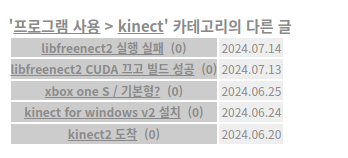
파이어폭스
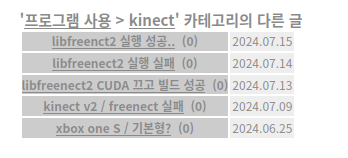
| 이번주는 개발자들 휴가? (0) | 2024.07.31 |
|---|---|
| 오랫만에 해피빈 기부 (1) | 2024.07.22 |
| 도메인 결제의 달이 돌아왔습니다 (0) | 2024.06.03 |
| 당신의 이야기가 값진 수익이 됩니다 (2) | 2024.05.30 |
| 카카오야 카카오야!! 고쳐줘!! (2) | 2024.05.10 |
이 native였나 기억이 안나네
그러니 일단 포맷하고 해보자? ㅋㅋ
원래 주웠던 사양대로 환원하고 (i7-3770)
메모리는 좀 아쉽지만 4GB * 2 로 구성해서
USB3.0 쪽으로 kinect2를 달아봐야겠다.
2023.10.30 - [개소리 왈왈/컴퓨터] - mitx 한대 줍줍
+
칩셋을 찾아보니 7x 시리즈 부터(ivy bridge) 부터 ICH에 통합되서 USB3.0을 지원하기 시작한 듯 하다.
itx 메인보드가 P8H77 인데 메인보드에 USB3.0 포트가 있다고 명시되어 있는걸 보면 조금 희망이 보이는 듯?
[링크 : https://namu.wiki/w/인텔/칩셋]
| 노트북 휴대용 책상(?) (2) | 2024.07.26 |
|---|---|
| 회사 노트북 vs 구형 컴퓨터 (5) | 2024.07.18 |
| 빨콩 교체! (0) | 2024.07.16 |
| 아부지 컴퓨터 교체 (0) | 2024.07.13 |
| express card 34 to USB 3.0 도착 (uPD720202) (0) | 2024.07.08 |
배송처리도 안되었는데 도착해버린 빨콩(!)

[링크 : https://www.fmkorea.com/best/6783136064]
요번에 도착한 쌔거!
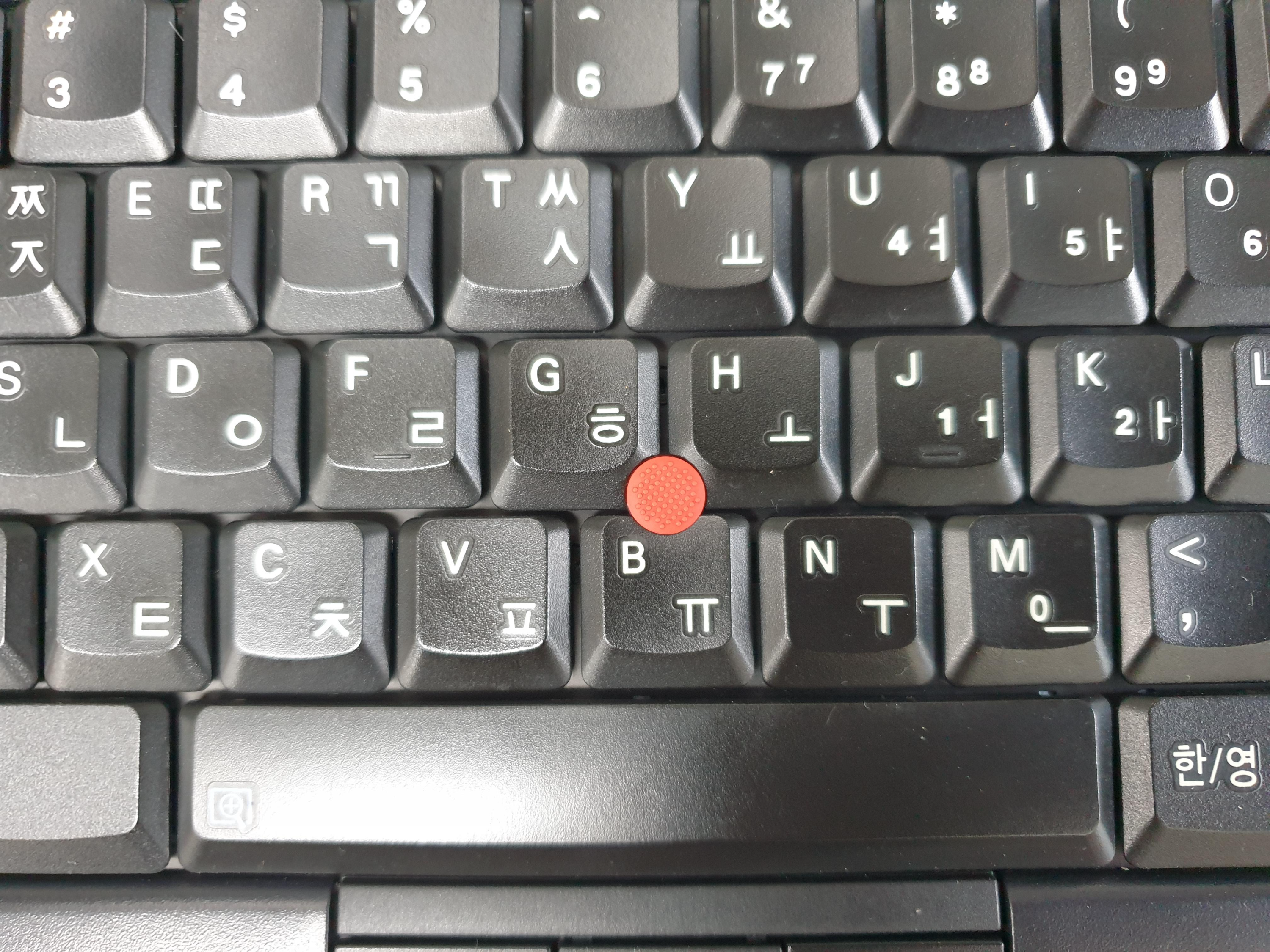
헌거! 너무 들이대서 찍었나.. 아무튼 딿은 느낌 한가득
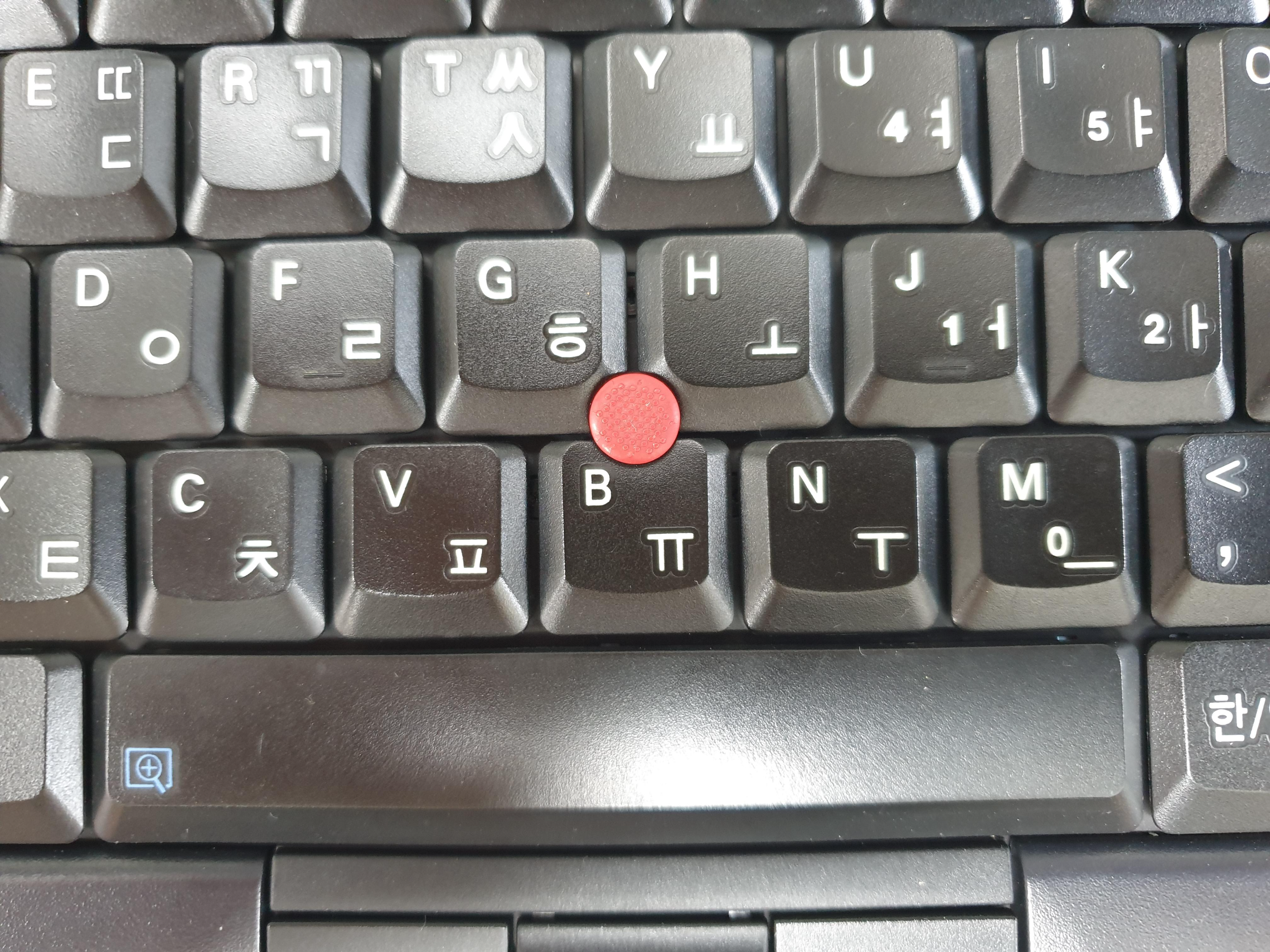
< 새꺼, 헌거 >
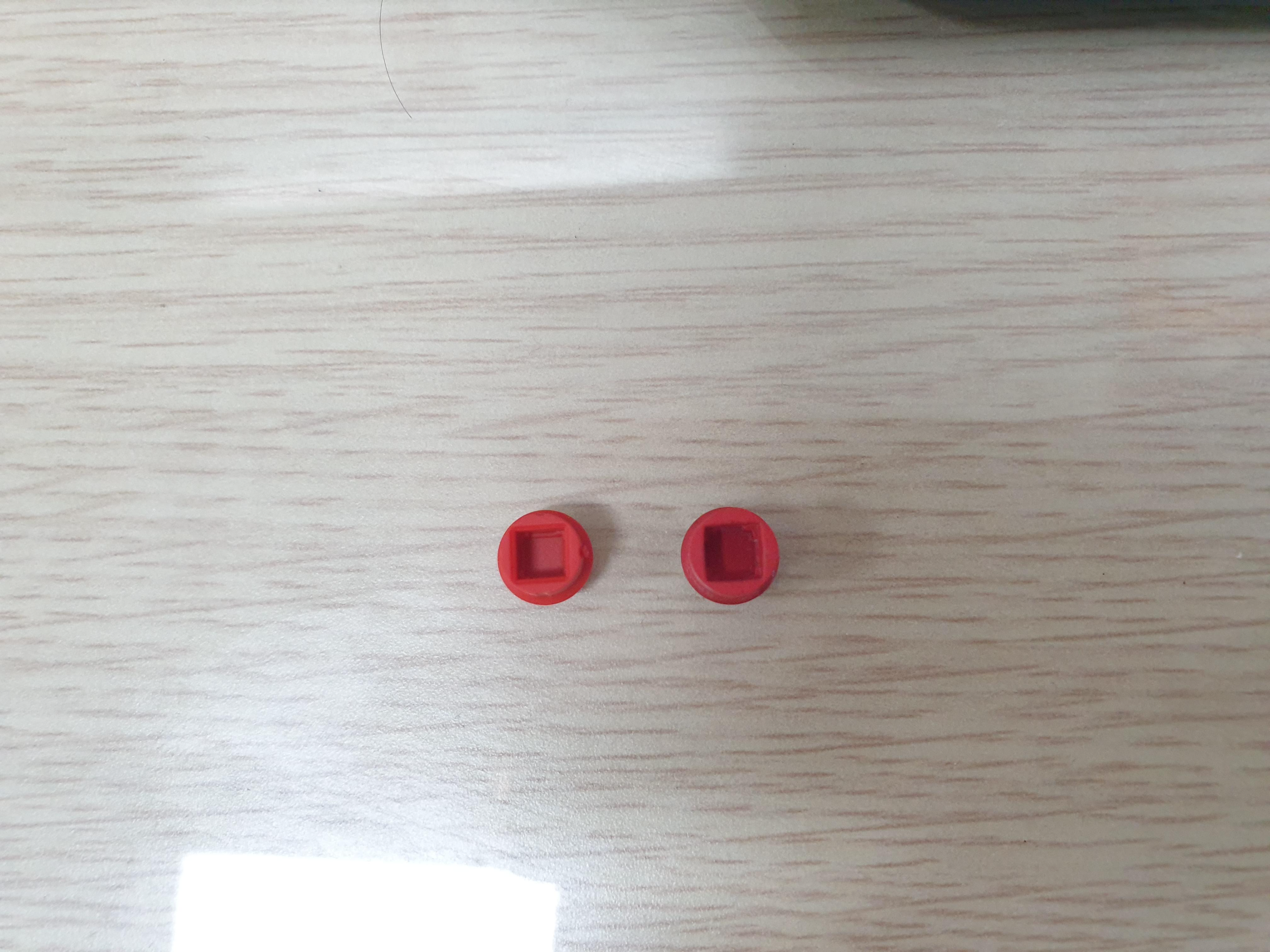
< 새꺼, 헌거 >

새거 특유의 말랑말랑함이 행복하게 한다.
그런데 600원 2개를 사기 위해 3000원 배송비.. 크흡
4개 사려니 먼가 쓸데도 없어서 고민..
+
집에와서 2760p 에도 빨콩으로 바꾸려고 했는데 얘는 검은 콩으로 중앙이 오목하게 들어가 있다.
빨콩은 중앙이 약간 볼록한 형태인데
체감상으로는 노트북에 검은콩이 빨콩보다 편한듯
살짝 오목하니까 가장자리 부분을 밀어주듯 해서 손가락에 힘이 덜 들어간다.
검은콩을 사야하나..
| 회사 노트북 vs 구형 컴퓨터 (5) | 2024.07.18 |
|---|---|
| 3세대 intel 데스크탑 USB3.0 (0) | 2024.07.16 |
| 아부지 컴퓨터 교체 (0) | 2024.07.13 |
| express card 34 to USB 3.0 도착 (uPD720202) (0) | 2024.07.08 |
| 컴퓨터 회수 (0) | 2024.07.04 |
기존에 i7-2xxx 시리즈 노트북 쓰시는데
아무래도 nvidia 그래픽 카드가 내장되어 있어도 구형이고
모바일 cpu 한계가 있어서 느리다 보니
이번에 어떻게 처분할까 고민하던 i5-4670과 i7-3770 중에
i5-4670 / 32GB / 1050 2GB로 셋트를 만들어 드리는걸로 결정!
드리고 나니 동영상이 42분 걸리던게 5~6분 정도 걸리는거 봐서는
역시 모바일과 데스크탑 cpu 성능 차이는 무시할 수 없다라는 뜬금없는 결론이..
| 3세대 intel 데스크탑 USB3.0 (0) | 2024.07.16 |
|---|---|
| 빨콩 교체! (0) | 2024.07.16 |
| express card 34 to USB 3.0 도착 (uPD720202) (0) | 2024.07.08 |
| 컴퓨터 회수 (0) | 2024.07.04 |
| 가진거, 가지고 싶은거 (0) | 2024.07.02 |
아내의 지원을 받아 구매한 알리발 확장 카드
열어보니 생각외로 작다라는 느낌인데.. 신용카드랑 비교해봐도 확실히 작다 (규격상 폭이 34mm 니까..)
옛날.. PCMCIA 생각하면 2/3 정도 크기 될 정도?
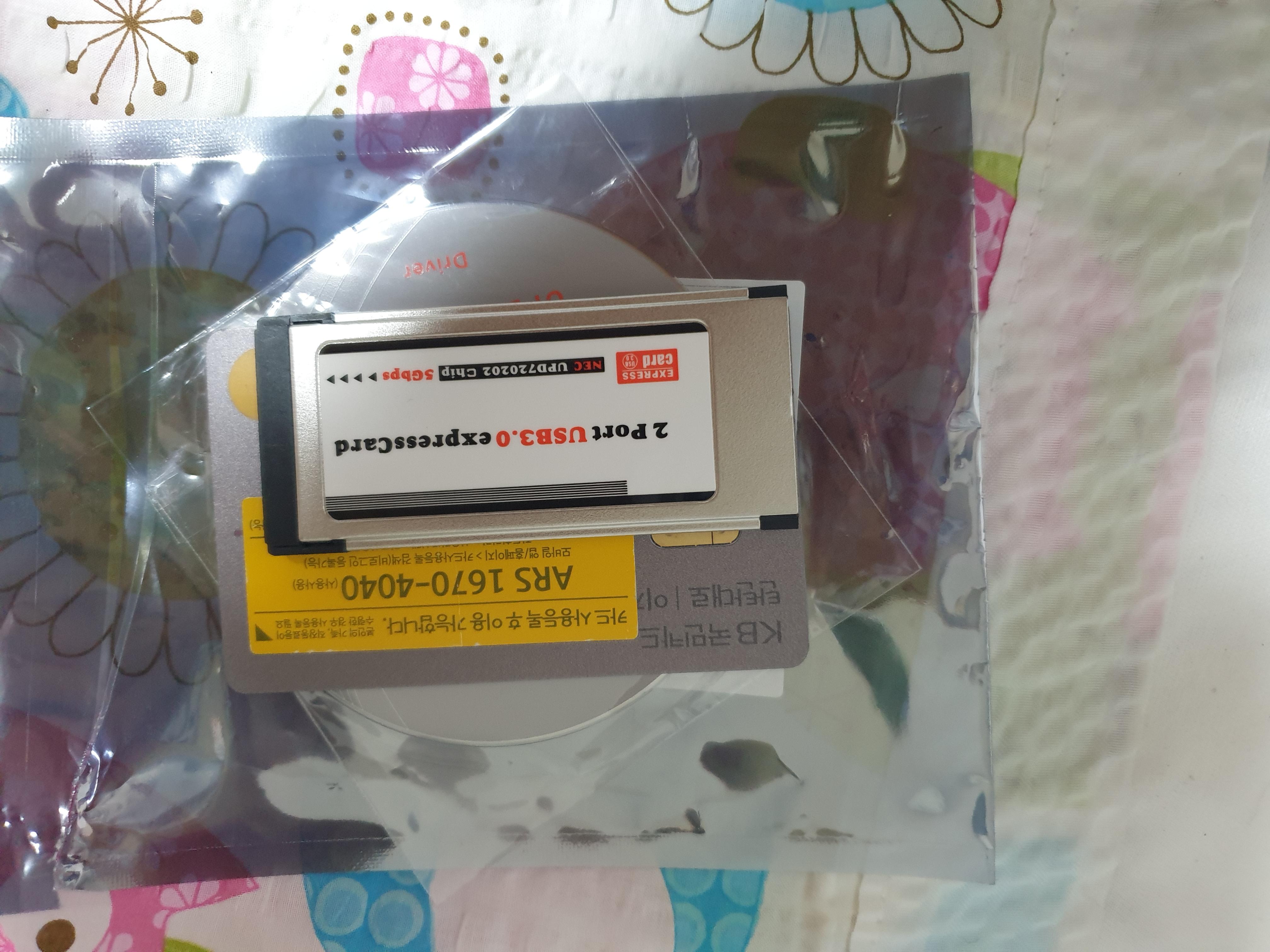
그나저나 이거 어떻게 빼지? USB 처럼 안전 제거 없나?!
그 와중에 의외로 많이 튀어 나왔다.
처음에는 뻑뻑해서 그랬나 모르겠는데, 몇번 하니 딸깍 하면서 들어갔다 걸리는 느낌이 조금 나긴 한다.
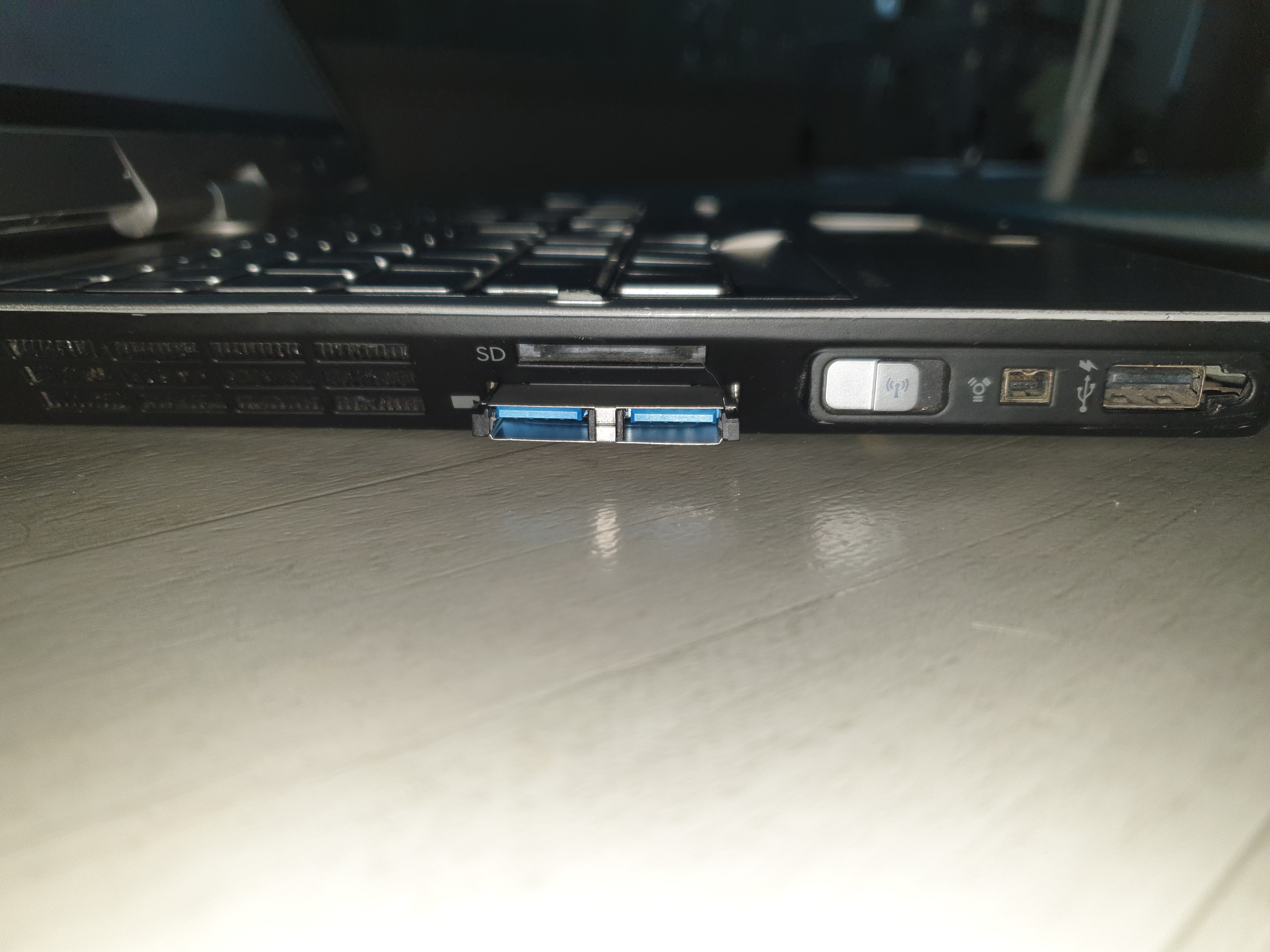
항상 꽂아 놓고 쓰면 모를까.. 휴대하려면 빼고 다녀야 할 듯.

리눅스(우분투 22.04)에 연결하니 바로 인식된다.
물리적으로는 USB3.0 * 2인데 뜬금없이... USB 2.0 root hub는 왜 생긴거지?
| $ lsusb -t -v /: Bus 04.Port 1: Dev 1, Class=root_hub, Driver=xhci_hcd/2p, 5000M ID 1d6b:0003 Linux Foundation 3.0 root hub /: Bus 03.Port 1: Dev 1, Class=root_hub, Driver=xhci_hcd/2p, 480M ID 1d6b:0002 Linux Foundation 2.0 root hub /: Bus 02.Port 1: Dev 1, Class=root_hub, Driver=ehci-pci/3p, 480M ID 1d6b:0002 Linux Foundation 2.0 root hub |__ Port 1: Dev 2, If 0, Class=Hub, Driver=hub/8p, 480M ID 8087:0024 Intel Corp. Integrated Rate Matching Hub |__ Port 4: Dev 3, If 0, Class=Video, Driver=uvcvideo, 480M ID 04f2:b242 Chicony Electronics Co., Ltd |__ Port 4: Dev 3, If 1, Class=Video, Driver=uvcvideo, 480M ID 04f2:b242 Chicony Electronics Co., Ltd /: Bus 01.Port 1: Dev 1, Class=root_hub, Driver=ehci-pci/3p, 480M ID 1d6b:0002 Linux Foundation 2.0 root hub |__ Port 1: Dev 2, If 0, Class=Hub, Driver=hub/6p, 480M ID 8087:0024 Intel Corp. Integrated Rate Matching Hub |
pci 쪽으로는 1c.1-[02-22] 하위에 Renesas Technology에 uPD720202 USB 3.0 Host로 추가 되는데..
| $ lspci -t -v -[0000:00]-+-00.0 Intel Corporation 2nd Generation Core Processor Family DRAM Controller +-02.0 Intel Corporation 2nd Generation Core Processor Family Integrated Graphics Controller +-16.0 Intel Corporation 6 Series/C200 Series Chipset Family MEI Controller #1 +-16.3 Intel Corporation 6 Series/C200 Series Chipset Family KT Controller +-19.0 Intel Corporation 82579LM Gigabit Network Connection (Lewisville) +-1a.0 Intel Corporation 6 Series/C200 Series Chipset Family USB Enhanced Host Controller #2 +-1b.0 Intel Corporation 6 Series/C200 Series Chipset Family High Definition Audio Controller +-1c.0-[01]-- +-1c.1-[02-22]----00.0 Renesas Technology Corp. uPD720202 USB 3.0 Host Controller +-1c.2-[23]--+-00.0 JMicron Technology Corp. SD/MMC Host Controller | \-00.2 JMicron Technology Corp. Standard SD Host Controller +-1c.3-[24]----00.0 Intel Corporation Centrino Advanced-N 6205 [Taylor Peak] +-1d.0 Intel Corporation 6 Series/C200 Series Chipset Family USB Enhanced Host Controller #1 +-1f.0 Intel Corporation QM67 Express Chipset LPC Controller \-1f.2 Intel Corporation 6 Series/C200 Series Chipset Family 6 port Mobile SATA AHCI Controller |
| [ 1989.509176] pcieport 0000:00:1c.1: pciehp: Slot(1): Card present [ 1989.509191] pcieport 0000:00:1c.1: pciehp: Slot(1): Link Up [ 1989.641716] pci 0000:02:00.0: [1912:0015] type 00 class 0x0c0330 [ 1989.641776] pci 0000:02:00.0: reg 0x10: [mem 0x00000000-0x00001fff 64bit] [ 1989.642055] pci 0000:02:00.0: PME# supported from D0 D3hot D3cold [ 1989.642162] pci 0000:02:00.0: 2.000 Gb/s available PCIe bandwidth, limited by 2.5 GT/s PCIe x1 link at 0000:00:1c.1 (capable of 4.000 Gb/s with 5.0 GT/s PCIe x1 link) [ 1989.642358] pci 0000:02:00.0: BAR 0: assigned [mem 0xd0000000-0xd0001fff 64bit] [ 1989.642385] pcieport 0000:00:1c.1: PCI bridge to [bus 02-22] [ 1989.642390] pcieport 0000:00:1c.1: bridge window [io 0x2000-0x3fff] [ 1989.642396] pcieport 0000:00:1c.1: bridge window [mem 0xd0000000-0xd3ffffff] [ 1989.642401] pcieport 0000:00:1c.1: bridge window [mem 0xbfb00000-0xbfcfffff 64bit pref] [ 1989.642426] pci 0000:02:00.0: enabling device (0000 -> 0002) [ 1989.642767] xhci_hcd 0000:02:00.0: failed to load firmware renesas_usb_fw.mem, fallback to ROM [ 1989.642870] xhci_hcd 0000:02:00.0: xHCI Host Controller [ 1989.642879] xhci_hcd 0000:02:00.0: new USB bus registered, assigned bus number 3 [ 1989.648197] xhci_hcd 0000:02:00.0: hcc params 0x014051cf hci version 0x100 quirks 0x0000001100000090 [ 1989.648766] xhci_hcd 0000:02:00.0: xHCI Host Controller [ 1989.648773] xhci_hcd 0000:02:00.0: new USB bus registered, assigned bus number 4 [ 1989.648780] xhci_hcd 0000:02:00.0: Host supports USB 3.0 SuperSpeed [ 1989.651783] usb usb3: New USB device found, idVendor=1d6b, idProduct=0002, bcdDevice= 5.15 [ 1989.651789] usb usb3: New USB device strings: Mfr=3, Product=2, SerialNumber=1 [ 1989.651793] usb usb3: Product: xHCI Host Controller [ 1989.651795] usb usb3: Manufacturer: Linux 5.15.0-112-generic xhci-hcd [ 1989.651797] usb usb3: SerialNumber: 0000:02:00.0 [ 1989.652479] hub 3-0:1.0: USB hub found [ 1989.652500] hub 3-0:1.0: 2 ports detected [ 1989.652861] usb usb4: We don't know the algorithms for LPM for this host, disabling LPM. [ 1989.652902] usb usb4: New USB device found, idVendor=1d6b, idProduct=0003, bcdDevice= 5.15 [ 1989.652907] usb usb4: New USB device strings: Mfr=3, Product=2, SerialNumber=1 [ 1989.652910] usb usb4: Product: xHCI Host Controller [ 1989.652912] usb usb4: Manufacturer: Linux 5.15.0-112-generic xhci-hcd [ 1989.652915] usb usb4: SerialNumber: 0000:02:00.0 [ 1989.653314] hub 4-0:1.0: USB hub found [ 1989.653334] hub 4-0:1.0: 2 ports detected |
| [ 1996.362543] pcieport 0000:00:1c.1: pciehp: Slot(1): Link Down [ 1996.362548] pcieport 0000:00:1c.1: pciehp: Slot(1): Card not present [ 1996.362562] xhci_hcd 0000:02:00.0: remove, state 4 [ 1996.362567] usb usb4: USB disconnect, device number 1 [ 1996.362893] xhci_hcd 0000:02:00.0: USB bus 4 deregistered [ 1996.362904] xhci_hcd 0000:02:00.0: xHCI host controller not responding, assume dead [ 1996.362909] xhci_hcd 0000:02:00.0: remove, state 4 [ 1996.362912] usb usb3: USB disconnect, device number 1 [ 1996.363211] xhci_hcd 0000:02:00.0: Host halt failed, -19 [ 1996.363216] xhci_hcd 0000:02:00.0: Host not accessible, reset failed. [ 1996.363388] xhci_hcd 0000:02:00.0: USB bus 3 deregistered |
이제 USB3.0 멀 꽂아 봐야하나 키넥트 v2?
+
어라.. 웹캠을 꽂아봤는데 3.0에 안 붙는다.. 머지?
| $ lsusb -t -v /: Bus 04.Port 1: Dev 1, Class=root_hub, Driver=xhci_hcd/2p, 5000M ID 1d6b:0003 Linux Foundation 3.0 root hub /: Bus 03.Port 1: Dev 1, Class=root_hub, Driver=xhci_hcd/2p, 480M ID 1d6b:0002 Linux Foundation 2.0 root hub |__ Port 2: Dev 9, If 0, Class=Video, Driver=uvcvideo, 480M ID 145f:02aa Trust |__ Port 2: Dev 9, If 1, Class=Video, Driver=uvcvideo, 480M ID 145f:02aa Trust |__ Port 2: Dev 9, If 2, Class=Audio, Driver=snd-usb-audio, 480M ID 145f:02aa Trust |__ Port 2: Dev 9, If 3, Class=Audio, Driver=snd-usb-audio, 480M ID 145f:02aa Trust /: Bus 02.Port 1: Dev 1, Class=root_hub, Driver=ehci-pci/3p, 480M ID 1d6b:0002 Linux Foundation 2.0 root hub |__ Port 1: Dev 2, If 0, Class=Hub, Driver=hub/8p, 480M ID 8087:0024 Intel Corp. Integrated Rate Matching Hub |__ Port 4: Dev 3, If 0, Class=Video, Driver=uvcvideo, 480M ID 04f2:b242 Chicony Electronics Co., Ltd |__ Port 4: Dev 3, If 1, Class=Video, Driver=uvcvideo, 480M ID 04f2:b242 Chicony Electronics Co., Ltd /: Bus 01.Port 1: Dev 1, Class=root_hub, Driver=ehci-pci/3p, 480M ID 1d6b:0002 Linux Foundation 2.0 root hub |__ Port 1: Dev 2, If 0, Class=Hub, Driver=hub/6p, 480M ID 8087:0024 Intel Corp. Integrated Rate Matching Hub |
신기하네.. 일단 USB3.0 32 GB 메모리 스틱을 연결하니 5000M 에 연결된다.
| $ lsusb -t -v /: Bus 04.Port 1: Dev 1, Class=root_hub, Driver=xhci_hcd/2p, 5000M ID 1d6b:0003 Linux Foundation 3.0 root hub |__ Port 1: Dev 2, If 0, Class=Mass Storage, Driver=usb-storage, 5000M ID 0951:1666 Kingston Technology DataTraveler 100 G3/G4/SE9 G2/50 /: Bus 03.Port 1: Dev 1, Class=root_hub, Driver=xhci_hcd/2p, 480M ID 1d6b:0002 Linux Foundation 2.0 root hub /: Bus 02.Port 1: Dev 1, Class=root_hub, Driver=ehci-pci/3p, 480M ID 1d6b:0002 Linux Foundation 2.0 root hub |__ Port 1: Dev 2, If 0, Class=Hub, Driver=hub/8p, 480M ID 8087:0024 Intel Corp. Integrated Rate Matching Hub |__ Port 4: Dev 3, If 0, Class=Video, Driver=uvcvideo, 480M ID 04f2:b242 Chicony Electronics Co., Ltd |__ Port 4: Dev 3, If 1, Class=Video, Driver=uvcvideo, 480M ID 04f2:b242 Chicony Electronics Co., Ltd /: Bus 01.Port 1: Dev 1, Class=root_hub, Driver=ehci-pci/3p, 480M ID 1d6b:0002 Linux Foundation 2.0 root hub |__ Port 1: Dev 2, If 0, Class=Hub, Driver=hub/6p, 480M ID 8087:0024 Intel Corp. Integrated Rate Matching Hub |
| µPD720202 is a USB host controller LSI compatible with the USB 3.0 and xHCI (eXtensible Host Controller Interface) 1.0 specifications. The system bus is compatible with the PCIe Gen2 specification. The controller provides two USB ports with LS (Low-Speed) / FS (Full-Speed) / HS (High-Speed) / SS (SuperSpeed) support. |
[링크 : https://www.renesas.com/us/en/products/interface/usb-switches-hubs/upd720202-usb-30-host-controller]
| 빨콩 교체! (0) | 2024.07.16 |
|---|---|
| 아부지 컴퓨터 교체 (0) | 2024.07.13 |
| 컴퓨터 회수 (0) | 2024.07.04 |
| 가진거, 가지고 싶은거 (0) | 2024.07.02 |
| 일단 서버 종료 (0) | 2024.07.01 |